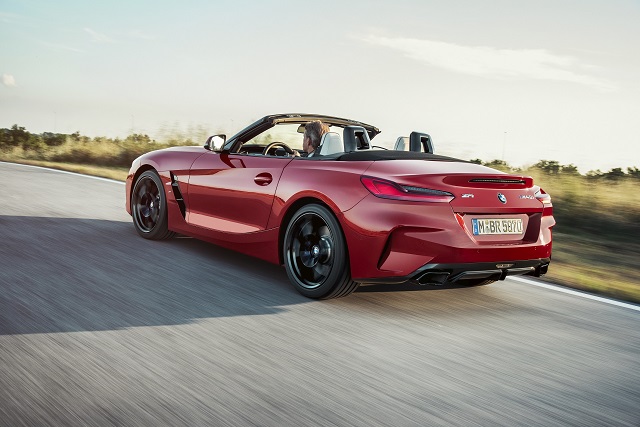What you can do yourself to keep your car on the road
If everything on TV were true, then keeping a vehicle running great, looking good, and lasting a long time would be the easiest thing ever. Advertising will tell us over and over that all we really need to do to keep that car or truck running forever and looking brand new for years is to pour some bottles of miracle liquid into the crankcase, sprinkle magic dust on the paint, or spray some sort of ionized wonder water on the interior. Unfortunately this is not the case.
Following the old adage that “if it sounds too good to be true it probably is” comes the news that regular, proper care and maintenance are what really keep vehicles going into the high six-figure mileage ranges. Miracle cures, magic fairy dust, mystery polymers and the like are all fine and good for infomercials, but most likely won’t do much good for your vehicle.
Regularly scheduled maintenance and lubrication using the manufacturers recommended type and formulation of oil, grease and liquids is what will do the trick. Replacing normal wear-and-tear parts such as timing belts before they break is also a good path to follow on the road to long vehicle life. Taking good care of your vehicle can make the difference between being the proud owner of a good looking, long lasting, reliable machine, and saying goodbye to a rusty, faded-paint jalopy that fell apart or broke down long before it was designed to.
The Maintenance Difference
We all know somebody with an older, high-mileage vehicle that just keeps on running year after year—that crazy uncle in the high-mileage ride that keeps on going strong. “What’s Uncle Fred’s secret?” you may wonder, scratching your head with one hand while holding a repair bill in the other? At its core, Uncle Fred’s 500,000-mile 1972 Datsun 610 is no different a vehicle than a two-year-old hulk that barely cleared 65,000 miles before it got hooked up to the wrecker truck, never to be seen again. While the short-lived heap has since been crushed, melted down, and built into another car, Uncle Fred keeps on trucking.
The secret is that there is no real secret to getting a vehicle to last a long time. The difference is maintenance. Regular fluid checks and an almost pious dedication to scheduled lubrication will keep the powertrain going strong. What kind of oil, brake fluid, and grease used is just as important as when it is changed. The best oil in the world will do your engine no good if you never change it. Cleaning and protecting the finishes of the vehicle inside and out will keep things looking good. Paint, plastic, leather, and fabric need help to survive the constant assault of sun and elements. Utilize both of these plans together and you, like Uncle Fred, will enjoy happy motoring for a good, long time. Follow the accompanying 10 handy tips for keeping your vehicle in top shape.
- Check and change the oil. No single step will help an engine last more than regular oil and filter changes will. Conversely, nothing will destroy an engine faster than neglecting oil-level checks or fresh-oil changes.
- Flush the cooling system and change coolant once a year. A 50/50 mix of coolant and distilled water will keep the cooling system in good shape and prevent corrosion and deposits from building up inside the cooling system.
- Change out transmission and differential oils. While not requiring frequent service, these fluids must be changed according to service intervals. Always use transmission fluid or gear oil of the recommended type and viscosity.
- Keep it clean. While washing the outside of the vehicle is obvious, most everything the vehicle ran over can also get stuck to the underside. Hosing off winter salt and road grime is a good idea.
- Everything with moving parts needs grease to survive. This ball joint went into early retirement due to poor lubrication.
- Nothing keeps paint looking good and protected like a coat of quality wax. Apply wax at least every six months.
- Driveline components such as u-joints also require regular lubrication. The driveline may have to be removed to access the zerk grease fitting.
- Protect the interior plastic by parking the vehicle in the shade, using a window deflector screen, and applying a UV protectant to prevent the plastic and vinyl from drying out.
- Inspect, clean, and repack wheel bearings with wheel bearing grease according to service intervals. Wheel bearings and grease are inexpensive compared to spindle and hub replacement, or liberated wheels rolling down the road ahead of you.
- Brake fluid is hygroscopic. This means it is adept at attracting moisture. Moisture causes components to corrode and fail. Replace fluid and bleed system once a year. Brake fluid is cheap. Calipers, hoses, and sensors are expensive.
Written by Mike Bumbeck, autoMedia.com






Leave A Comment
You must be logged in to post a comment.